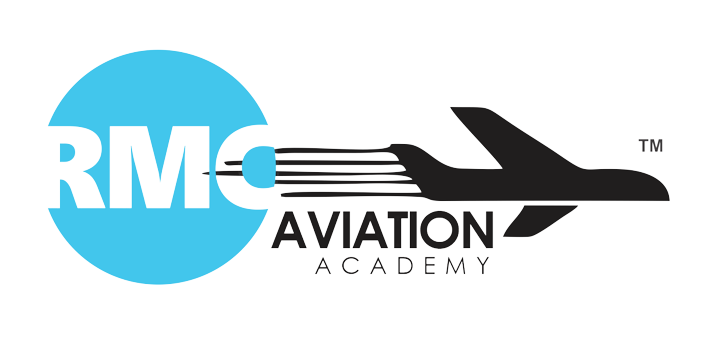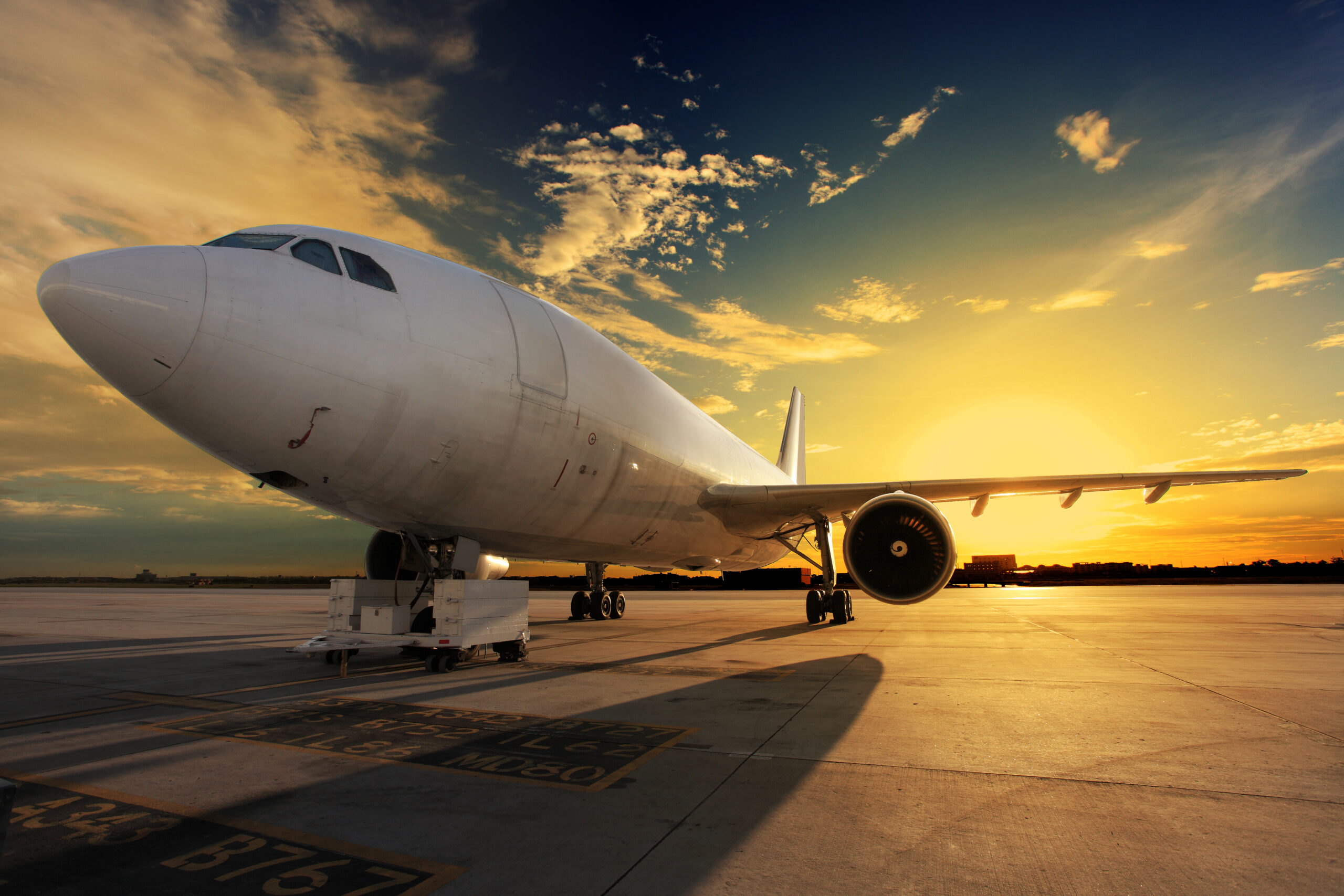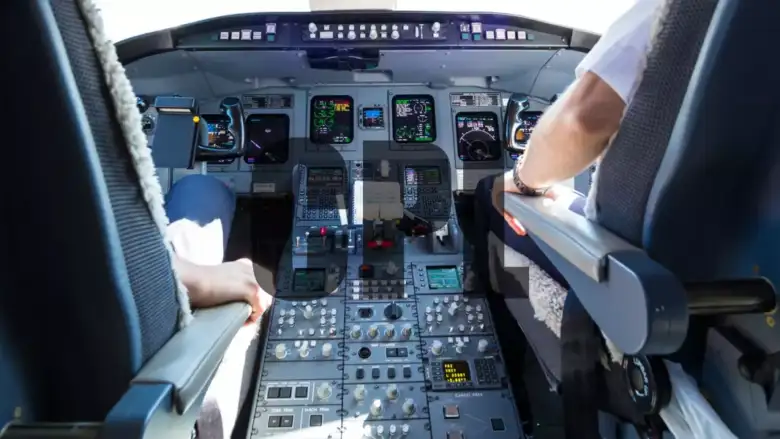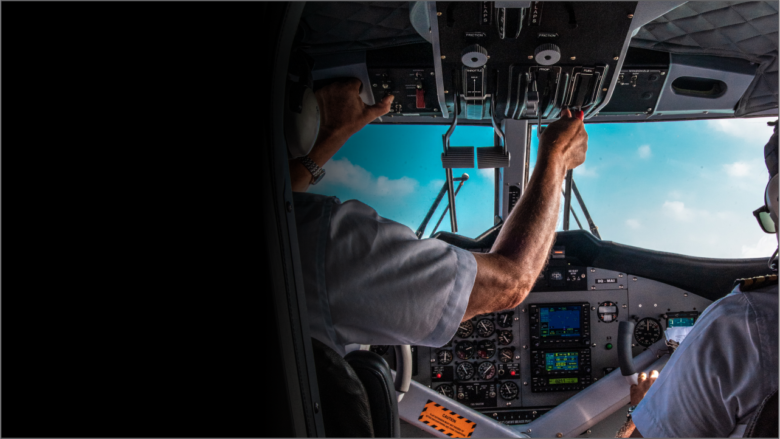The Cessna 172 Skyhawk
At major glimpse, the Cessna 172 Skyhawk is defined functional trainer aircraft which is highly appreciable for training and widely approved training utility. But dignified by durability and auctions, the plane overtakes every aircraft ever. The Cessna 172 is manufactured by an American Aircraft Company. This company started its journey of producing high-wing, single-engine, and four-seat aeroplane Cessna 172 on June 12, 1955. Sooner the production, it was an immediate achievement in the year 1956, more than 1,400 aircraft were built.
Cessna 172 Skyhawk Known for “The Utmost Well-Designed Conciliation in the Account of Aeronautics"
Moreover mostly pilot start their pilot training journey and have made their wings on the Cessna 172 as compared to any other aircraft in the world. This well designed plane has been called “the utmost well-designed conciliation in the history of aviation”. The Cessna 172 is the finest in class in any department due to its design satisfies a variety of customers, some of whom want flying-for-fun machine, a light transporter, a superb basic or an effective instrument uses for flying training. This propeller driven aircraft has about 20 variants over the years.
In the year 1948 Cessna 170 promoted to develop Cessna 172. The engineers of Cessna’s challenged the opposition from the marketing department when they suggested to figure a tricycle undercarriage aircraft in place of the favoured tail wheel gear. Eventually, the engineers conquered and the tricycle-geared Cessna 172 departed into production. Another critical decision is to choose the use of sheet-metal construction rather than the prevailing fabric-covered welded steel construction have also been proved right over the years. Currently in the construction of aircraft carbon fibre in airframe is widespread used, but Cessna 172 follows its original pattern of metal body.
The original model of Cessna 172 was power-driven by six-cylinder 145hp piston engine, Continental O-300 horizontally opposed, other engines were fitted afterwards. In 1998 the current 172S model introduced, has an upgraded 180hp Lycoming IO-360-L2A, fuel-injected engine, four-cylinder, horizontally opposed, air cooled, direct-drive, with a maximum cruise speed of 230 kmph and an extreme range of 1,185 km.
No doubt about the reliability and ability of Cessna 172 in the field of training. It is a strong, durable and liable aircraft with trustworthy avionics as well as a garbed payload capacity and good climbing ability as equated to other light trainers. It is economical to operate and has extraordinary dispatch consistency. Eventually a suitable for training raw pilot due to smooth flying pattern, easy control which vanish the prevailing mistakes of the newer training lessons. Its omni-vision rear wraparound window along with the high-wing design provides clear view of the surroundings to the pilot. And because of its excellent flaps it has the low landing speed through which the landing of aircraft becomes simple to land. That’s why marketed by the term “Land-o-matic”. As the matter of safety, Safety data speaks for itself.
In 1964, the Cessna 172 was used by the US military for training purposes, designating it the T-41 Mescalero. While it was ruled out in the US at the end of the century, however, the T-41 still flies with the military forces of 24 nations.
A sparkled history is also there in past pages of the Cessna 172. The story begun on December 4, 1958 with Bob Timm and John Cook. They took off from Las Vegas’ McCarran Field in a Skyhawk. The dual then kept the machine in continuation airborne for a formidable 64 days, 22 hours, 19 minutes and 5 seconds. They use to fly the aircraft one by one by taking 4 hour shift. In order to replenish the fuel, they would descend to 20 feet above a desert highway to tie up with a special fuel renewal truck fitted with a reservoir, fuel pump and fuel hose to collect 95 gallons of fuel every time. During the epic flight the procedure was repeated 128 times. The main aspect of that flight is to showcase the toughness, reliability, durability trough practical supervision.
Additional history page in the name of Cessna 172 Skyhawk was added by amateur West German pilot Mathias Rust. The teenager with only 50 hours of flying experience start flew On May 28, 1987 and flew down 750 km across the border of the Soviet Union guarded by the world’s most challenging air defences. Luckily, the aircraft was not shot down possibly because it was thought to be a friendly plane or may be a chance given to Rust’s by his good fortune. He eventually landed on a bridge close to the world-famous Red Square in Moscow. His specified purpose of the fly was to promote world peace.




